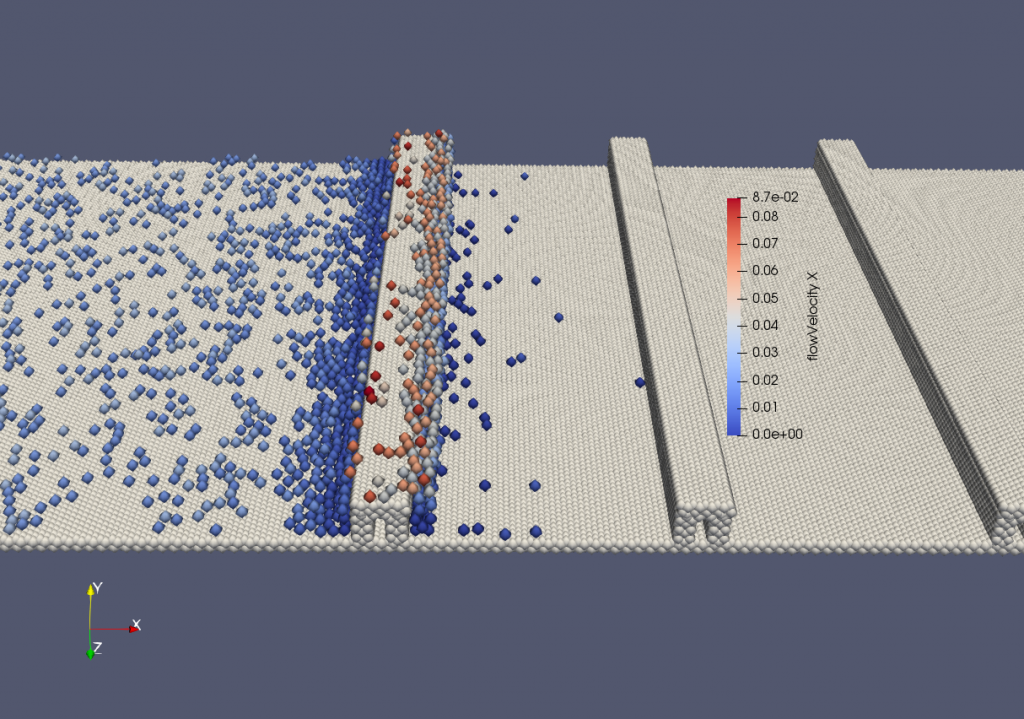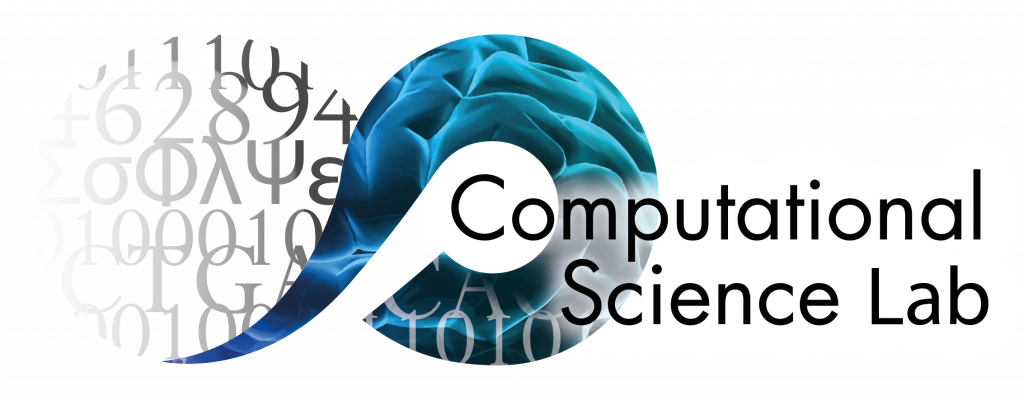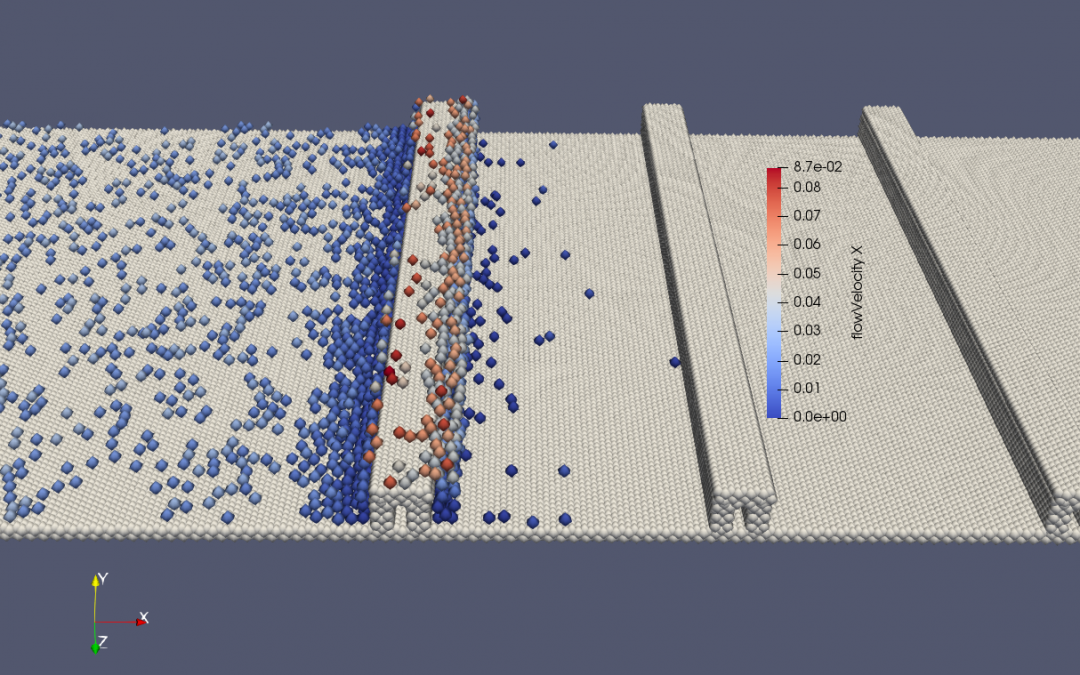P. S. Zun, A. J. Narracott, P. C. Evans, B. J. M. van Rooij and A. G. Hoekstra have published an article on modelling endothelial cell migration under flow conditions.
https://link.springer.com/article/10.1007%2Fs10237-019-01239-w
Endothelial cells (ECs) play a major role in the healing process following angioplasty to inhibit excessive neointima. This makes the process of EC healing after injury, in particular EC migration in a stented vessel, important for recovery of normal vessel function. In that context, we present a novel particle-based model of EC migration and validate it against in vitro experimental data. We have developed a particle-based model of EC migration under flow conditions in an in vitro vessel with obstacles. Cell movement in the model is a combination of random walks and directed movement along the local flow velocity vector. For model calibration, a set of experimental data for cell migration in a similarly shaped channel has been used. We have calibrated the model for a baseline case of a channel with no obstacles and then applied it to the case of a channel with ridges on the bottom surface, representative of stent strut geometry. We were able to closely reproduce the cell migration speed and angular distribution of their movement relative to the flow direction reported in vitro. The model also reproduces qualitative aspects of EC migration, such as entrapment of cells downstream from the flow-disturbing ridge. The model has the potential, after more extensive in vitro validation, to study the effect of variation in strut spacing and shape, through modification of the local flow, on EC migration. The results of this study support the hypothesis that EC migration is strongly affected by the direction and magnitude of local wall shear stress.

Further videos and materials can be found in the supplementary data of the paper.

